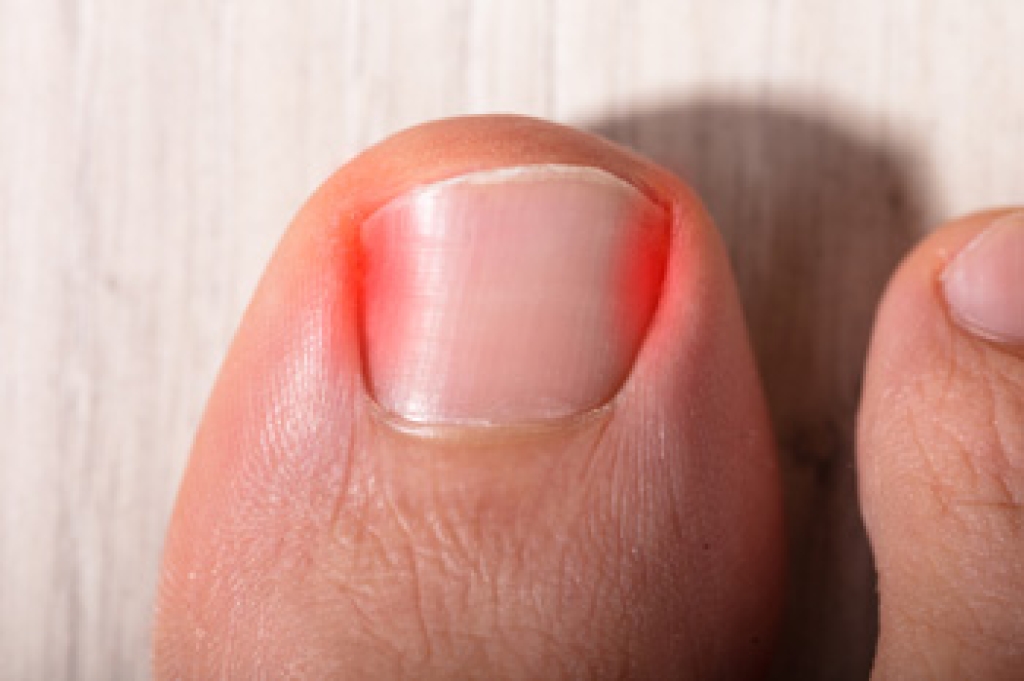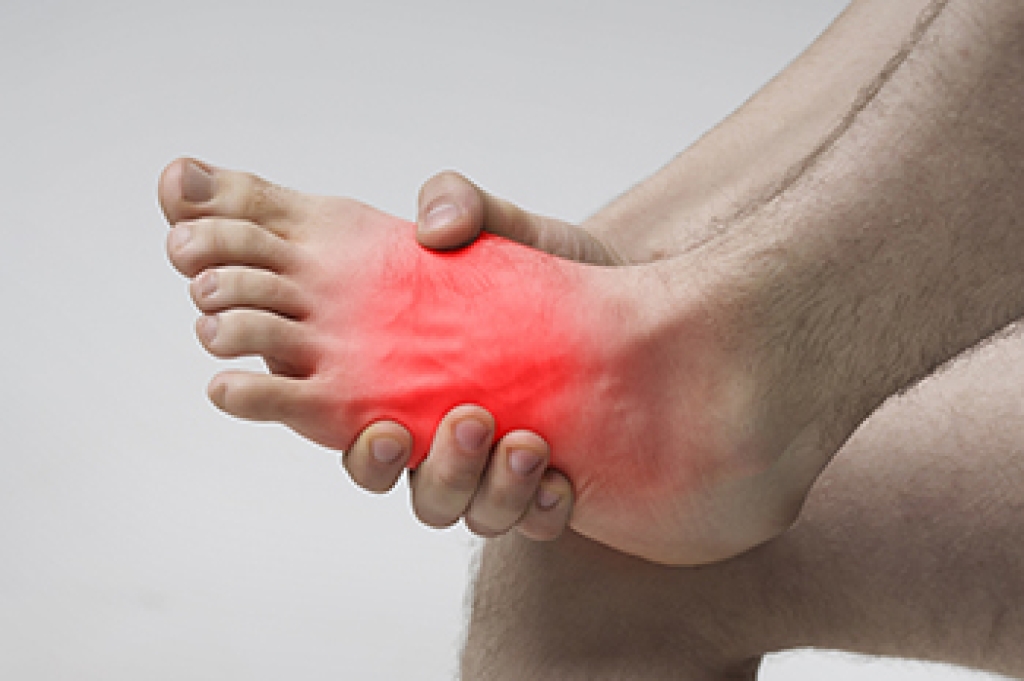
Ingrown toenails occur when the edge of a toenail grows into the surrounding skin. They are often caused by improper trimming, tight footwear, trauma, or genetic predisposition. An ingrown toenail may look red, swollen, or infected, and in severe cases, pus or drainage may be present. Many individuals experience pain, tenderness, or a throbbing sensation along the affected nail, making walking or wearing shoes uncomfortable. Ingrown toenails most commonly affect the big toe and can recur if not properly managed. A podiatrist can start by examining the nail and surrounding tissue to assess the severity and rule out infection. Treatment options include careful trimming, nail-lifting techniques, and medicated dressings. In chronic cases, partial nail removal or minor surgical procedures are required to prevent recurrence. Early professional care can help to reduce pain, prevent infection, and support healthy nail growth. If you notice persistent pain, swelling, or signs of infection around a toenail, it is suggested that you make an appointment with a podiatrist.
Ingrown toenails may initially present themselves as a minor discomfort, but they may progress into an infection in the skin without proper treatment. For more information about ingrown toenails, contact one of our doctors of Andrea Hyperbaric Wound Care & Health Center. Our doctors can provide the care you need to keep you pain-free and on your feet.
Ingrown Toenails
Ingrown toenails are caused when the corner or side of a toenail grows into the soft flesh surrounding it. They often result in redness, swelling, pain, and in some cases, infection. This condition typically affects the big toe and may recur if it is not treated properly.
Causes
- Improper toenail trimming
- Genetics
- Improper shoe fitting
- Injury from pedicures or nail picking
- Abnormal gait
- Poor hygiene
You are more likely to develop an ingrown toenail if you are obese, have diabetes, arthritis, or have any fungal infection in your nails. Additionally, people who have foot or toe deformities are at a higher risk of developing an ingrown toenail.
Symptoms
Some symptoms of ingrown toenails are redness, swelling, and pain. In rare cases, there may be a yellowish drainage coming from the nail.
Treatment
Ignoring an ingrown toenail can have serious complications. Infections of the nail border can progress to a deeper soft-tissue infection, which can then turn into a bone infection. You should always speak with your podiatrist if you suspect you have an ingrown toenail, especially if you have diabetes or poor circulation.
If you have any questions, please feel free to contact our office located in Astoria, NY . We offer the newest diagnostic and treatment technologies for all your foot care needs.




